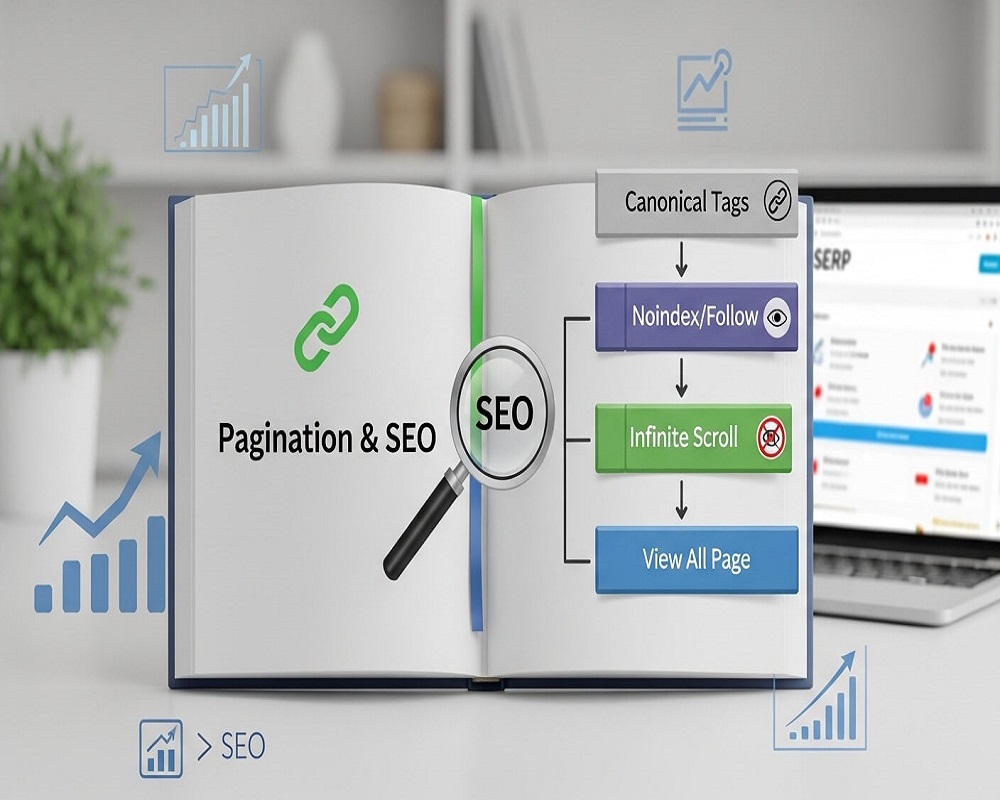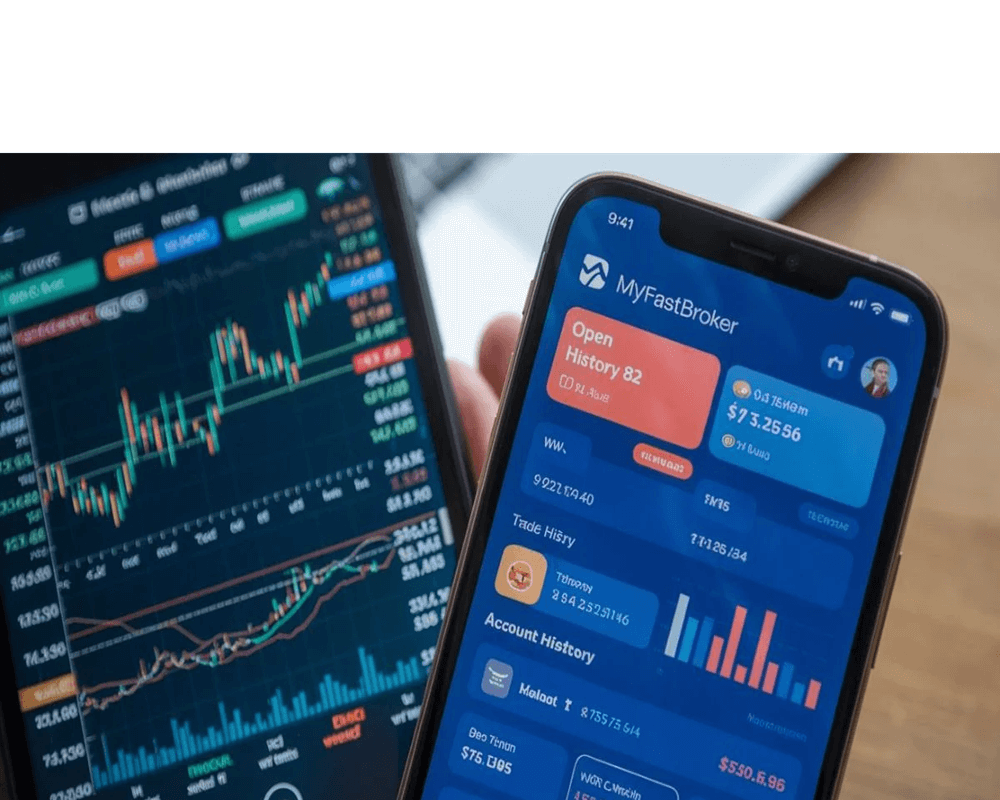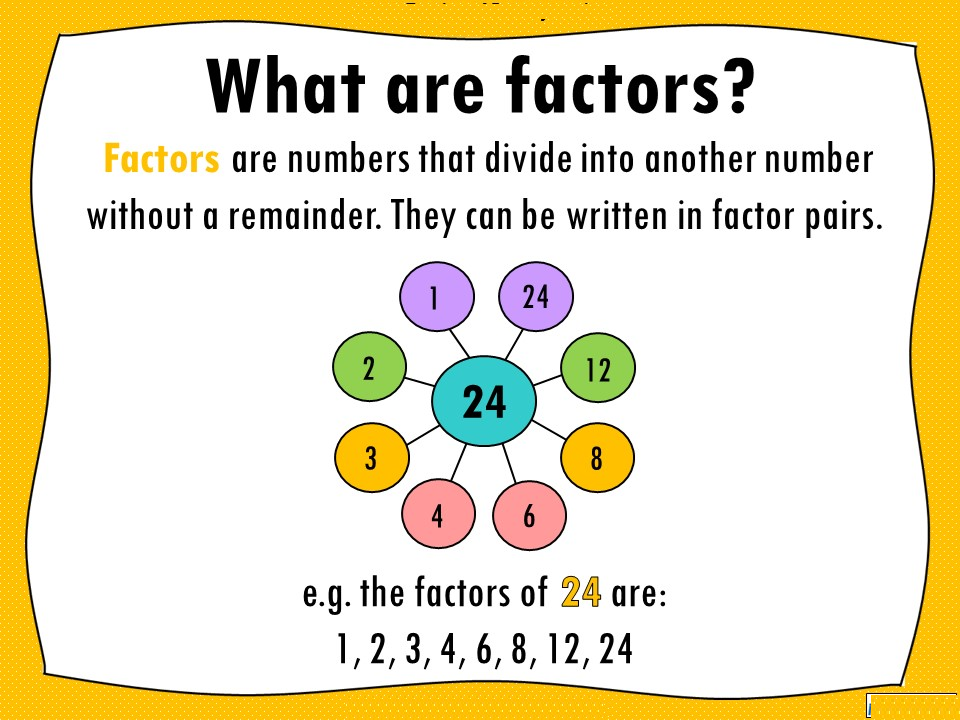Introduction to Pagination in SEO
Pagination is a critical aspect of search engine optimization (SEO) that directly influences a website’s visibility, user experience, and search engine performance. It involves dividing large amounts of content—such as product listings, blog archives, or forum threads—into multiple, sequential pages to enhance usability and manage server load. However, improper pagination can lead to SEO issues like duplicate content, wasted crawl budget, and reduced rankings, particularly in a landscape where mobile usability and core web vitals are pivotal ranking factors.
For website owners, e-commerce managers, and SEO professionals, mastering pagination is essential to ensure content is discoverable and ranks effectively. Poorly managed pagination can fragment link equity, confuse search engine crawlers, and degrade user experience, while optimized pagination strengthens topical authority, improves crawl efficiency, and aligns with user intent. This comprehensive guide explores pagination in SEO, covering its mechanics, common challenges, best practices, advanced strategies, and tools to monitor performance. By the end, you’ll have actionable insights to implement pagination that boosts organic traffic and enhances site performance.
What Is Pagination in SEO?
Pagination in SEO refers to the process of splitting content across multiple pages to make it more manageable for users and search engines. Common in e-commerce (e.g., product category pages), blogs (e.g., article archives), and forums, pagination ensures that large datasets are presented in digestible chunks, typically with numbered links (e.g., Page 1, Page 2) or navigation options like “Next/Previous” or “Load More.”
From an SEO perspective, pagination creates multiple URLs within a series, each potentially competing for rankings if not handled correctly. Search engines aim to understand the relationship between these pages to index them appropriately, treating the series as a cohesive entity, such as a product category or a topical archive. Pagination intersects with semantic SEO by grouping related content into clusters, reinforcing a site’s authority on specific topics or entities, like “running shoes” or “SEO strategies.”
Pagination types include traditional numbered pagination, infinite scroll (JavaScript-driven), and “Load More” buttons. Each presents unique SEO challenges, particularly with crawlability and indexation, which we’ll address in detail.
Why Pagination Matters for SEO
Pagination significantly impacts how search engines discover, crawl, and rank content. It affects crawl budget—the number of pages a search engine bot crawls on a site in a given period—making it critical to prioritize high-value pages. Poor pagination can exhaust this budget on low-priority pages, leaving important content unindexed.
For users, pagination supports navigational intent by enabling deeper exploration of content hierarchies, such as browsing all products in a category. It also prevents slow load times from overly large pages, improving user experience and reducing bounce rates, which are indirect ranking signals. In entity-based SEO, paginated series establish topical depth, signaling expertise on subjects like “digital marketing” or “home decor.”
However, mishandled pagination can lead to duplicate content issues, where similar pages compete, diluting authority. It can also fragment internal link equity, weakening deeper pages, or hinder mobile usability, a key factor in mobile-first indexing. Proper pagination ensures content is accessible, crawlable, and aligned with user intent, driving better rankings and traffic.
Common Pagination Issues in SEO
Pagination introduces several SEO challenges that can undermine site performance if not addressed:
- Duplicate or Thin Content: Paginated pages often share similar titles, meta descriptions, and headings, causing search engines to flag them as duplicates, leading to selective indexing or penalties.
- Crawl Budget Waste: Large sites with extensive pagination may consume crawl budget on low-value pages, reducing indexation of critical content.
- JavaScript-Dependent Pagination: Infinite scroll or “Load More” features may not be crawlable if reliant on JavaScript without static link fallbacks.
- Canonicalization Errors: Incorrect canonical tags, such as pointing all pages to the first, can consolidate signals improperly, reducing visibility for deeper pages.
- Query Parameter Issues: URLs with parameters (e.g., ?page=2) may be treated as separate pages, fragmenting authority.
- User Experience Problems: Poor navigation or slow-loading paginated pages increase bounce rates, indirectly harming SEO.
Addressing these issues requires a strategic approach to ensure pagination supports rather than hinders SEO goals.
Best Practices for Handling Pagination in SEO
To optimize pagination for SEO, implement these industry-standard practices, tailored to align with search engine guidelines and user needs:
1. Use Self-Referencing Canonical Tags
Each paginated page should have a self-referencing canonical tag to indicate it’s a unique page worth indexing. For example, /category/page/2 should have a canonical tag pointing to itself, not the first page, to avoid duplicate content flags.
2. Adopt Clean URL Structures
Use descriptive, static URLs like /category/page/2 instead of query parameters (e.g., ?page=2). This improves crawlability, user understanding, and semantic clarity. Avoid fragment identifiers (#) as they aren’t crawlable.
3. De-Optimize Deeper Pages
For large paginated series, apply noindex tags to pages beyond a certain depth (e.g., after page 5) to focus crawl budget on primary pages. Alternatively, minimize unique SEO elements (e.g., meta descriptions) on deeper pages.
4. Ensure Crawlable Anchor Links
5. Avoid Rel=Prev/Next
Google no longer uses rel=prev/next attributes, so remove them to simplify code. Search engines now rely on algorithmic detection to understand pagination sequences.
6. Handle JavaScript Pagination
For dynamic pagination (e.g., infinite scroll), use history.pushState to update URLs and ensure static links are available for crawlers. Test with tools like Google’s Mobile-Friendly Test to confirm accessibility.
7. Optimize for Mobile-First Indexing
Ensure pagination is touch-friendly, with large, clickable buttons and fast load times, as mobile usability is critical for ranking in a mobile-first index.
8. Manage Sitemaps and Robots.txt
Exclude deep paginated pages from XML sitemaps to prioritize core content. Use robots.txt cautiously to block unnecessary crawls without affecting important pages.
These practices align paginated series with semantic intent, treating them as topical clusters to enhance authority.
Advanced Strategies for Pagination SEO
For complex or large-scale sites, consider these advanced techniques to elevate pagination performance:
1. Implement Structured Data
Use schema markup, such as ItemList for product series or Article for blog archives, to clarify pagination sequences and enable rich snippets in search results, enhancing click-through rates.
2. Optimize Infinite Scroll
Combine infinite scroll for user experience with static pagination URLs that load via JavaScript but have crawlable equivalents. This ensures accessibility for both users and bots.
3. Leverage URL Parameter Tools
In Google Search Console, configure the URL Parameters tool to inform Google how to handle pagination-related query strings, reducing duplicate crawls.
4. Analyze Server Logs
Use log file analysis tools to monitor crawler behavior on paginated pages, identifying inefficiencies or over-crawled sections to optimize budget allocation.
5. Dynamic Pagination with AI
Employ machine learning to adjust pagination dynamically based on user behavior, prioritizing content that aligns with search intent, such as trending products or popular articles.
These strategies build on foundational practices, incorporating entity-based SEO to strengthen topical relevance.
Tools for Monitoring Pagination in SEO
Effective pagination management requires regular monitoring with specialized tools:
- Google Search Console: Tracks indexation status, crawl errors, and URL performance for paginated pages. Use the URL Inspection tool to request indexing or diagnose issues.
- Semrush Site Audit: Identifies pagination-related errors like duplicate content, missing canonicals, or crawlability problems.
- Ahrefs: Analyzes backlinks and organic traffic to paginated URLs, revealing their ranking potential.
- Screaming Frog: Simulates crawler behavior to detect unreachable or improperly configured paginated pages.
- Log File Analyzers: Tools like Splunk or custom scripts provide insights into crawler interactions with pagination.
Regular audits with these tools ensure pagination aligns with SEO objectives and user expectations.
High-Volume Questions About Pagination in SEO
To address user intent and boost semantic relevance, here are answers to frequently asked questions about pagination in SEO:
1.What Is Pagination in SEO?
Pagination splits content into multiple pages for better usability and SEO, but requires careful handling to avoid duplicate content or crawl issues.
2.How Does Pagination Affect SEO?
Improper pagination can cause duplicate content, waste crawl budget, and dilute rankings, while optimized pagination enhances discoverability and topical authority.
3.What Are the Best Practices for Pagination SEO?
Use self-referencing canonicals, clean URLs, crawlable links, and noindex for deep pages to optimize crawl efficiency and indexation.
4.Should I Use Noindex on Paginated Pages?
Apply noindex to deeper pages (e.g., beyond page 5) to conserve crawl budget and focus on high-value content.
5.How Do I Handle Infinite Scroll for SEO?
Provide static pagination links as fallbacks and use history.pushState to update URLs dynamically for crawler compatibility.
6.Does Google Still Use Rel=Prev/Next?
No, Google deprecated rel=prev/next in 2019, relying on algorithmic detection to understand pagination sequences.
7.How Can I Fix Duplicate Content from Pagination?
Implement self-referencing canonical tags and unique metadata where feasible to differentiate paginated pages.
8.Is Pagination Bad for SEO?
Pagination isn’t inherently bad; poor implementation causes issues. Proper handling enhances SEO performance.
9.How Deep Should Pagination Go?
Limit pagination to 5-10 pages for most sites, using noindex for deeper pages to preserve crawl budget.
10.What Tools Help with Pagination SEO?
Google Search Console, Semrush, Ahrefs, and Screaming Frog are essential for monitoring and optimizing pagination.
These questions target high-volume searches, ensuring the article addresses common user needs.
Case Studies and Real-World Examples
Real-world examples highlight pagination’s impact. An e-commerce site implementing self-referencing canonicals increased indexed product pages by 20%, boosting organic traffic. A news site adopting infinite scroll with static fallbacks reduced bounce rates by 15%, improving rankings for competitive keywords.
Another case involved a blog removing deprecated rel=prev/next tags, simplifying code without SEO loss, aligning with Google’s updated guidelines. These examples demonstrate that tailored pagination strategies drive measurable results across industries.
Enhancing E-E-A-T for Pagination
E-E-A-T (Experience, Expertise, Authoritativeness, Trustworthiness) is critical for SEO, including pagination. To align with E-E-A-T:
- Ensure paginated content is high-quality, unique, and relevant to user intent.
- Showcase expertise through author bios or credentials on content-heavy sites.
- Build authority with internal links to paginated series and backlinks from reputable sources.
- Enhance trustworthiness with transparent navigation, HTTPS, and clear policies.
Strong E-E-A-T signals improve the likelihood of paginated pages being indexed and ranked favorably.
Future Trends in Pagination SEO
Looking toward 2026, pagination will evolve with search technology:
- AI-Driven Pagination: Machine learning will personalize pagination based on user intent, prioritizing relevant content dynamically.
- Voice and Visual Search: Pagination must adapt to conversational queries and image-based searches, requiring optimized metadata and structured data.
- Search Generative Experience (SGE): Entity-rich paginated content will be prioritized for AI-generated snippets and answers.
- Privacy-Focused Crawling: Search engines may penalize inefficient pagination structures, emphasizing lean, user-centric designs.
Staying ahead requires integrating structured data, optimizing for mobile, and aligning with AI-driven search trends.
Conclusion
Handling pagination in SEO is a blend of technical precision and user-focused design. By implementing best practices like self-referencing canonicals, clean URLs, and crawlable links, you can avoid common pitfalls and enhance site performance. Advanced strategies, such as structured data and log file analysis, further optimize large-scale sites, while tools like Google Search Console provide critical insights.
By addressing user intent through topical depth and high-quality content, pagination strengthens your site’s authority and visibility. Regular monitoring, alignment with E-E-A-T principles, and adaptation to emerging trends like AI-driven search will ensure your pagination strategy remains effective, driving sustainable organic growth in a competitive digital landscape.
Saad Raza is an SEO specialist with 7+ years of experience in driving organic growth and improving search rankings. Skilled in data-driven strategies, keyword research, content optimization, and technical SEO, he helps businesses boost online visibility and achieve sustainable results. Passionate about staying ahead of industry trends, Saad delivers measurable success for his clients.





